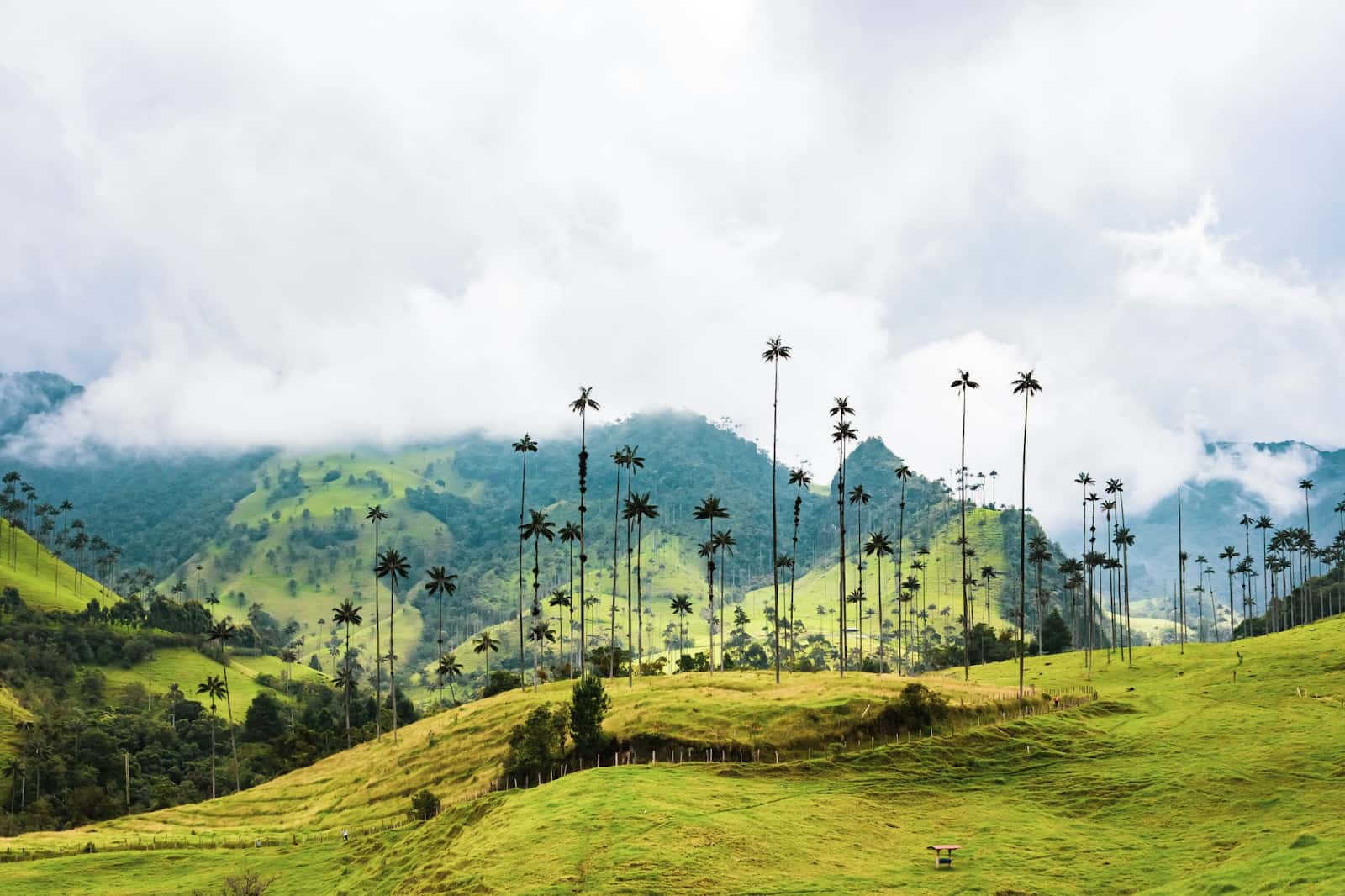
Colombia, boasting a Gross Domestic Product (GDP) of $333 billion as of 2022, operates under a mixed economic system. This system blends features of both free market and planned economies. Individual Colombians play a significant role in economic decision-making, yet the government also exerts substantial influence over production and distribution aspects. The economy is characterized by a combination of private and foreign investments, along with governmental controls like restrictions, incentives, and participation in free trade agreements.
Mining Sector
Mining stands as a cornerstone of Colombia’s economic strength. Notably, the nation ranks as the fourth-largest coal producer globally and holds the second place in copper production. Beyond these, Colombia mines gold, silver, tin, iron ore, and salt, although these are on a smaller scale. Mining contributes 7% to the GDP and employs about 2% of the Colombian workforce.
Manufacturing Industry
The manufacturing sector in Colombia stands as a testament to the country’s economic diversification and resilience. Contributing a substantial 18% to the GDP and employing 13% of the labor force, this sector reflects the complex and dynamic nature of the Colombian economy. The diversity within the manufacturing sector is one of its most striking features. It spans across various industries, each contributing uniquely to the country’s economic fabric.
Food processing and beverage production are key components, with Colombia’s rich agricultural resources providing the raw materials needed for these industries. Textile and clothing manufacturing also play a significant role, leveraging Colombia’s rich cultural heritage in textile art and modern fashion trends. The production of paper products taps into Colombia’s vast forestry resources, while the chemical industry supports various other sectors, including agriculture and consumer goods.
The petroleum and coal product manufacturing industries are particularly noteworthy, given Colombia’s abundant natural resources in these areas. These industries not only serve the domestic market but are also significant for export. Lastly, the machinery manufacturing industry, although smaller, is pivotal in supporting other sectors by providing essential equipment and tools.
This diverse manufacturing landscape not only bolsters Colombia’s economy but also provides numerous employment opportunities, contributing to regional development and economic stability. It reflects the country’s ability to harness its natural and human resources, adapting to global market demands while maintaining a strong domestic economic foundation.
Agricultural Sector
Agriculture, while accounting for 5% of the GDP, is a substantial employer, engaging 16% of the workforce. Colombia’s fertile lands yield coffee, bananas, sugarcane, flowers, palm oil, and tobacco, making these the country’s primary agricultural products.
Tourism
The tourism industry in Colombia has become increasingly significant, solidifying its role as a key driver of the nation’s economy. In 2018, the influx of over 2 million international tourists exemplified this growth. Colombia’s allure lies in its stunning diversity of natural landscapes and cultural experiences. Visitors are drawn to its pristine beaches, offering serene coastal retreats, and its enchanting islands, which are jewels of natural beauty. The country’s varied topography also includes majestic mountains and lush rainforests, offering an array of outdoor adventures from hiking to wildlife observation. Additionally, the vast and captivating deserts provide a stark yet beautiful contrast to Colombia’s more verdant regions.
Urban tourism also thrives in Colombia, with cities like Bogota, Cartagena, and Medellin being pivotal to its allure. Bogota, the capital, is renowned for its rich history, vibrant arts scene, and bustling markets. Cartagena captivates with its colonial architecture and historic charm, while Medellin, once known for turbulent times, has transformed into a hub of innovation and culture. These cities not only offer a glimpse into Colombia’s dynamic urban life but also serve as gateways to exploring the country’s diverse natural landscapes. This blend of urban and natural attractions makes Colombia a unique and compelling destination for travelers worldwide, contributing significantly to its economic vitality.
Concluding Observations on Colombia’s Economy
In summary, Colombia’s economy is a vibrant mix of sectors like mining, manufacturing, agriculture, and tourism. It stands out as a major producer of coal, copper, and other minerals. The manufacturing industry is diverse, ranging from food and beverages to textiles and machinery. Agriculture remains a staple, with a focus on crops like coffee and bananas. Tourism, buoyed by Colombia’s natural and urban attractions, adds significantly to the economic fabric. This diverse economic structure underscores Colombia’s dynamic and multifaceted economic environment.